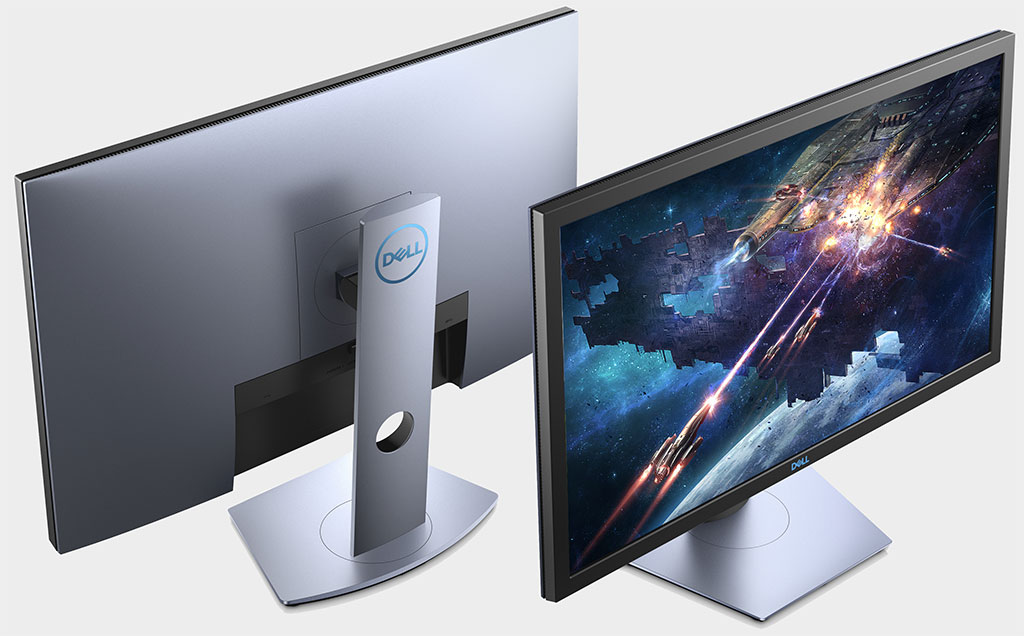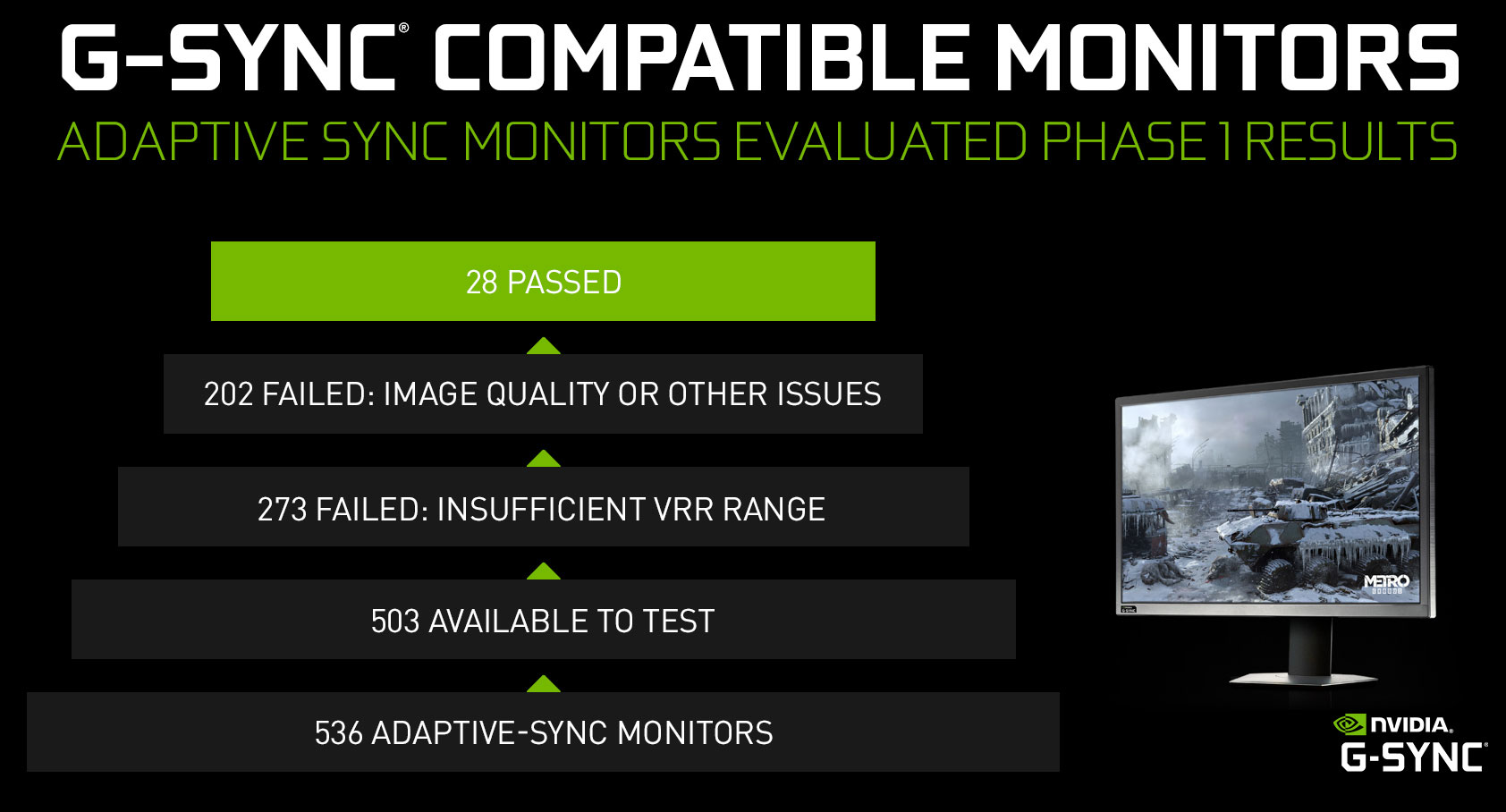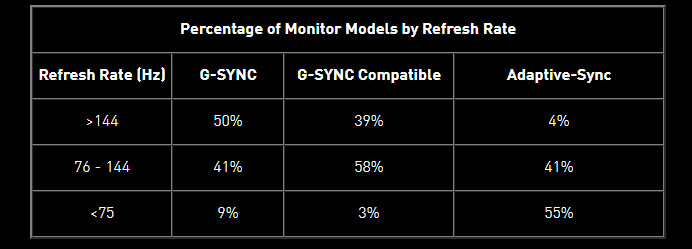Here’s why most monitors fail Nvidia’s ‘G-Sync Compatible’ testing
Only 5% of adaptive sync monitors Nvidia tested have made the cut.
Nvidia just went and certified three additional adaptive sync monitors as "G-Sync Compatible," meaning they fully support G-Sync out of the box, with the framerate-smoothing feature automatically enabled by the latest GeForce drivers. That brings the total number of G-Sync Compatible monitors to 28, out of more than 500 models tested. Only 5.56 percent of models tested have made the cut, or put another way, 94.44 percent failed to do so. What gives?
Up to this point, Nvidia has been pretty vague about why so few adaptive sync monitors it tested ended up passing muster for G-Sync compatibility. In a recent blog post, however, Nvidia finally shed some light on the situation. There are various reasons, but according to Nvidia, over half of all monitors tested failed for lacking a variable refresh rate (VRR) range of at least 2.4:1, or 60Hz to 144Hz, "meaning you were unlikely to get any of the benefits of VRR as your framerate wasn't within the range offered."
Out of the 475 monitors that failed Nvidia's testing, 273 of them were denied certification for that very reason. As for the remaining 202 monitors that failed, Nvidia said it came down to image quality (flickering, blanking) or other issues.
"This could range in severity, from the monitor cutting out during gameplay (sure to get you killed in PvP MP games), to requiring power cycling and Control Panel changes every single time," Nvidia said.
That said, your mileage may vary when manually flipping the G-Sync switch on an adaptive sync monitor that either failed testing, or has not been tested at all. Nvidia says there are 33 other adaptive sync models that it never ran through the wringer because they are no longer being manufactured, and therefore it couldn't get its hands on any of them.
Of course, Nvidia is also quick to point out the benefits of a monitor with actual G-Sync hardware inside. Nvidia notes that all G-Sync and G-Sync Ultimate displays activate VRR from 1Hz to the monitor's maximum refresh rate. In comparison, G-Sync Compatible monitors (and adaptive sync) displays only activate VRR in a specific refresh rate range.
Here's how it breaks down, according to Nvidia's data:
Keep up to date with the most important stories and the best deals, as picked by the PC Gamer team.
"In the course of our testing, we collected a bunch of other interesting info about the many VRR models available. For instance, 55 percent have a maximum VRR refresh rate below 75Hz, so if you like to game with a higher framerate, perhaps for a competitive edge, VRR will never activate, so you’ll always have tearing, or will always have V-Sync enabled to avoid tearing, which increases input latency, making gameplay feel less responsive," Nvidia says.
For further context, Nvidia claims that over 300 failed monitors had a max 75Hz refresh rate or lower, and only three monitors that passed reached 120Hz. Nvidia also says that most G-Sync Compatible monitors use TN panels. Those typically offer ultra-low response times, but often at the expense of color accuracy and overall image quality, compared to IPS and VA panels.
So, now you know. And as I learned when watching Saturday morning cartoons as a kid, knowing is half the battle.
Paul has been playing PC games and raking his knuckles on computer hardware since the Commodore 64. He does not have any tattoos, but thinks it would be cool to get one that reads LOAD"*",8,1. In his off time, he rides motorcycles and wrestles alligators (only one of those is true).





